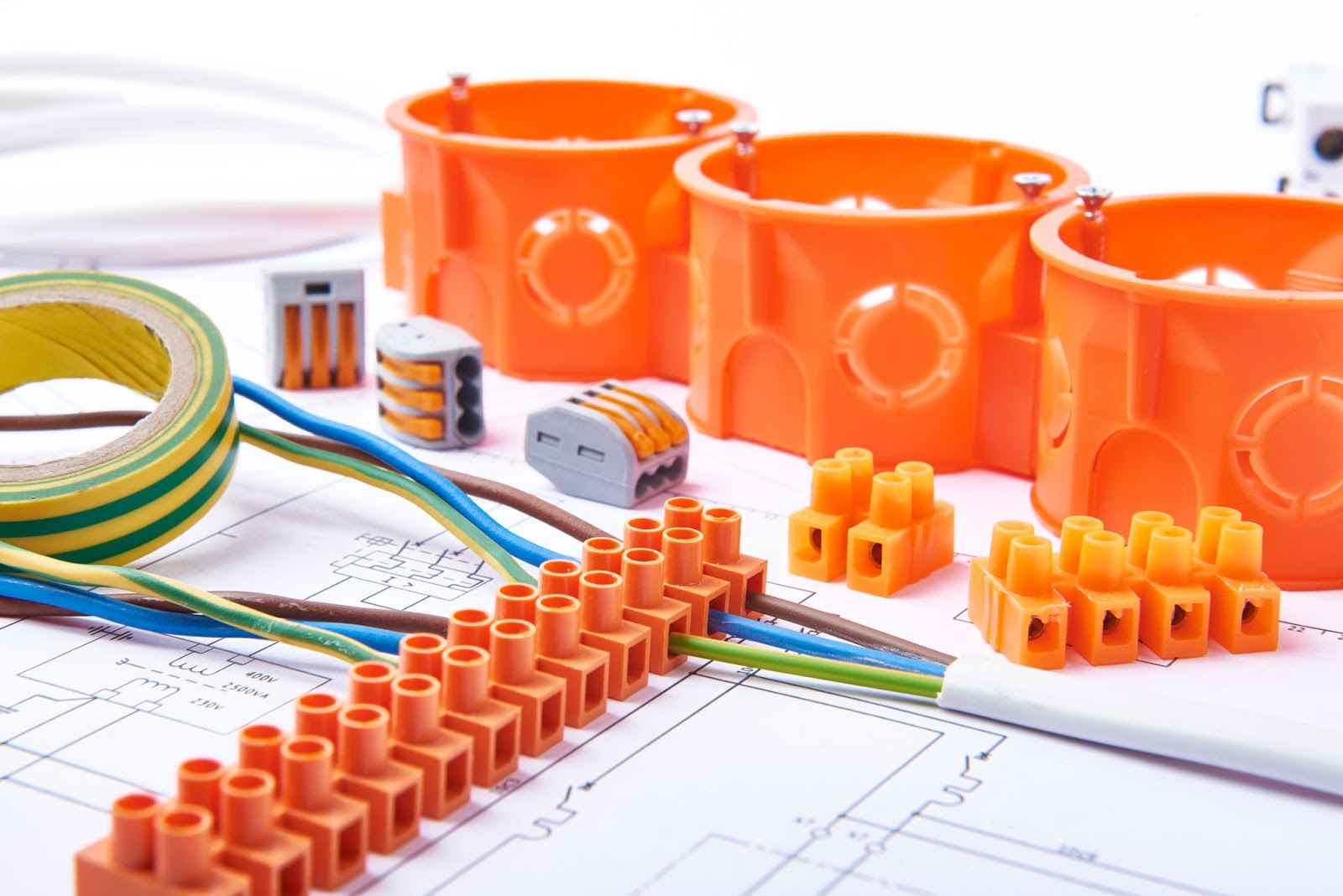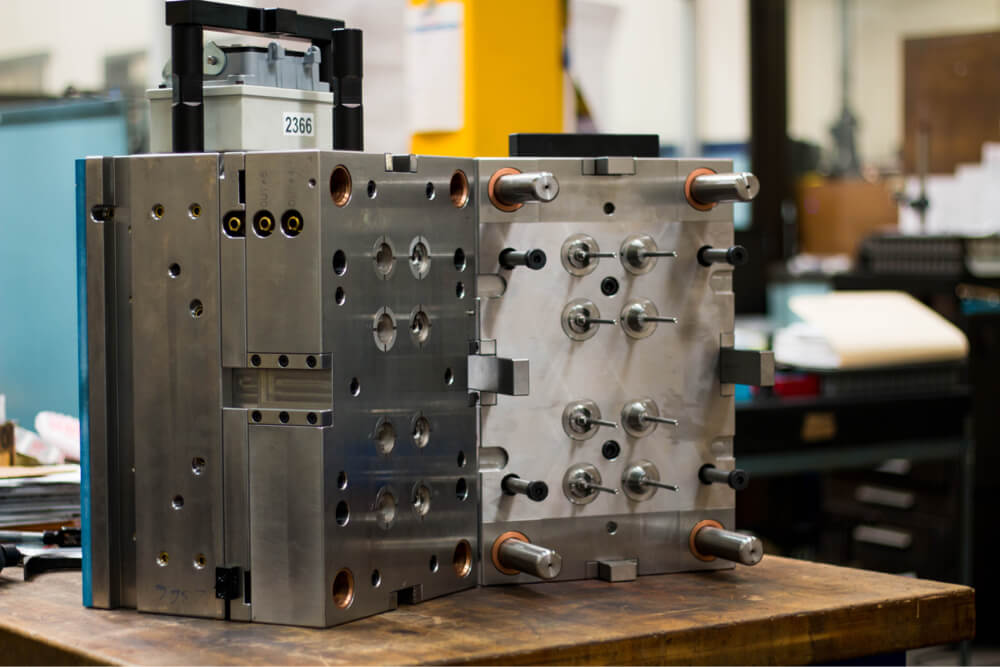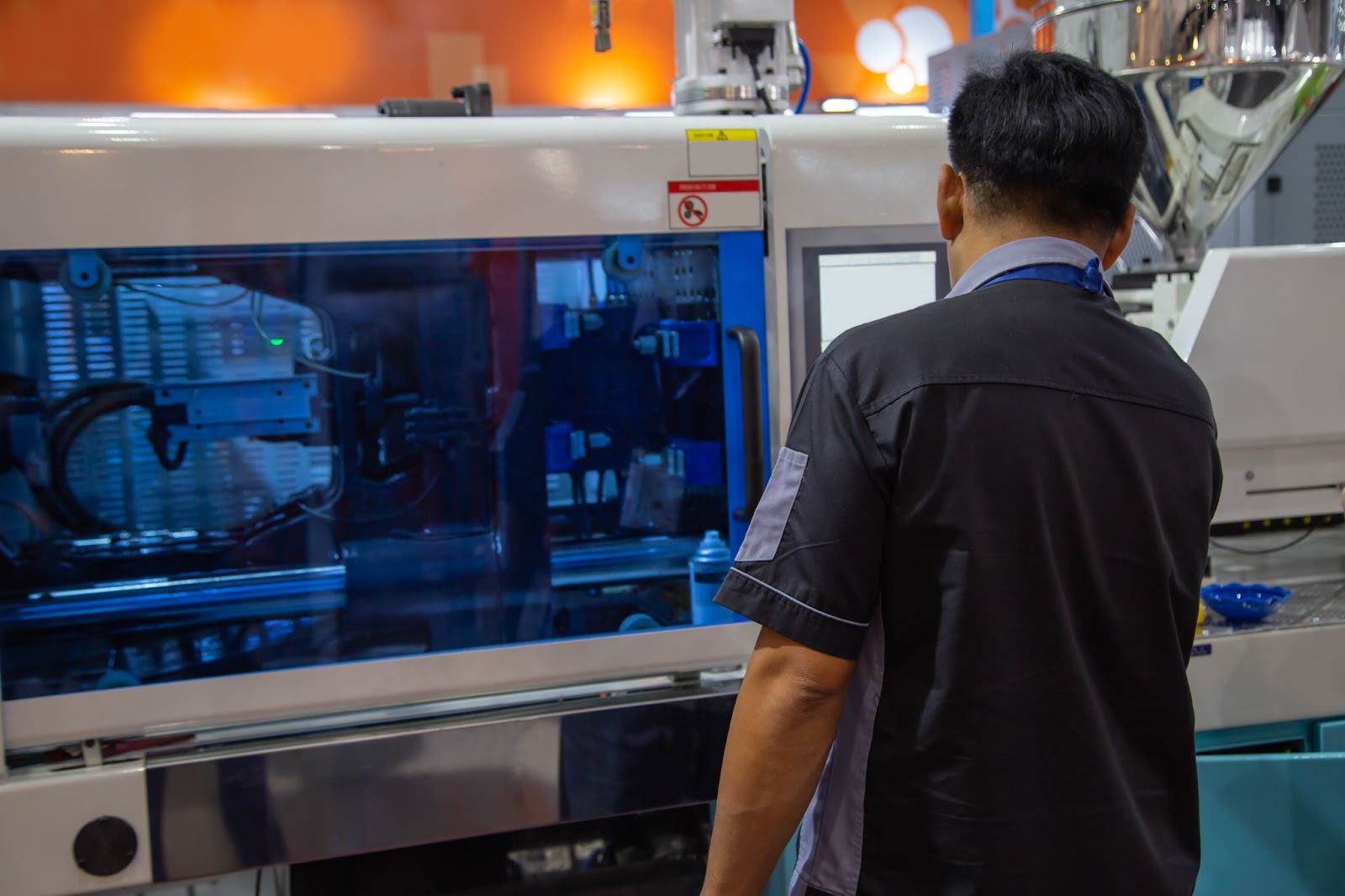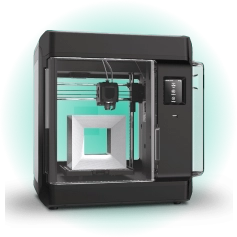Time to read: 6 min
What’s the best way to achieve low-cost injection molding? The first step is to identify and understand the sources of your expenses. Next, it’s critical to make cost-saving decisions as early as possible in the design process to avoid getting locked into a course of action that’s difficult and expensive to change later on.
Discussed here are five categories that are relevant to lowering plastic injection molding costs:
- Part Design
- Plastic Materials
- Tooling
- Post-Processing
- Nearshoring
Fictiv can help you to understand these costs and offer expert advice and cost-saving tips. Plus, because we provide design for manufacturability (DFM) feedback as soon as you submit a quote, we help early in the design process – and we’ll stick with you every step of the way. To get started, create an account and request an injection molding quote.

1. Part Design for Injection Molding
Is your part manufacturable as it’s currently designed? That’s the first question that DFM aims to ask and answer. Yet, expert DFM is about more than this basic test. To minimize costs, designers need to know whether a part can easily be manufactured. A part that’s difficult, but possible to injection mold is more expensive, and hard-to-mold parts increase the risk of defects and the need for rework.
When an injection molded part is still in the design stage, small modifications don’t take as long or cost as much to complete, and It’s better to change part tolerances earlier than later. After tooling is created, any design changes may require changes to the injection mold, which adds costs and extends project timelines. There’s also the opportunity cost if your product launch is delayed.
Designers need to remember that with injection molding, complexity adds costs. Fictiv’s Injection Molding Design Guide is your comprehensive guide to complexity-reducing best practices, but undercuts, specifically, are worth calling out here. These recessed features provide a fastening point or locating edge, but undercuts also make it harder to eject an injection molded part, which adds costs. With our DFM feedback, Fictiv can help you to identify and eliminate unnecessary undercuts. You can use certain design techniques and best practices, such as pass-throughs, to avoid undercuts. If your design requires undercuts, however, we can recommend using lifters and sliders to facilitate part ejection.
Try our new Auto DFM for injection molding to get started off on the right foot.

2. Plastic Injection Molding Materials
Does your part design use too much plastic? You can reduce material usage by replacing a thicker wall with a thinner wall that uses ribs for support or uses bosses for fasteners. Walls that are too thick (or too thin) also have longer cycle times for higher production costs. Walls need enough thickness to meet functional requirements, however, so cost isn’t the only consideration.
When it comes to materials, there are other cost-saving decisions you can make. For example, based on your application requirements, do you need a commodity plastic or a specialty plastic? Does the material require the added expense of drying, or is there an additional cost associated with an additive? Can you use regrind instead of virgin plastic?
Commodity plastics are less expensive and available in hundreds of different resins, each with specific end-use properties. There are also different grades of the same plastic material, including resin types with fillers such as glass or fiberglass. Just note that commodity plastics aren’t the right choice for tough applications, and an inexpensive polymer might not support the tolerances you need. Along with polymer price, you should consider the processing requirements because longer cycle times carry higher costs.
Specialty plastics cost more than commodity plastics, but have material and performance properties suited for more demanding requirements. Typically, these engineering plastics and resins are used in medical, automotive, and electronics applications. Sometimes, especially tough requirements demand the use of polymer blends instead. Before choosing one of these more expensive plastics, make sure there isn’t a less expensive material that can meet your need — and Fictiv can help you find them.
Try our new materials AI generator to discover the most cost-effective materials for your application.

3. Injection Mold Tooling
Typically, injection molds are made of aluminum or steel. Aluminum takes less time to machine, but aluminum molds wear out more quickly and aren’t suitable for plastics that require high molding temperatures. Steel comes in different grades, including ones that are cost-effective for prototyping and low-volume production. The softer steels that Fictiv uses strike a balance between cost, tooling lead time, and part quality. Semi-hardened steels cost more than softer steels, but they also extend tooling life.
Hardened steel molds are the most expensive, but they’re a good choice for high volumes since they can withstand more injection molding cycles. If you’re designing a part that will remain in long-term production, a steel tool costs more up-front but provides a better return on investment (ROI). Mold maintenance is also a critical consideration since molds used for higher volumes or tighter part tolerances may need more frequent refurbishment.
Fictiv offers quotes with mold cavity and core inserts so that you can reduce tooling costs. We can do this because our Manufacturing Partners have their own mold frames. Family molds, or multi-cavity molds, can also reduce costs. They produce multiple parts from the same mold, as long as the materials are similar in terms of chemical composition and processing requirements.
Because tighter part tolerances require more expensive molds, you may want to reconsider whether tight tolerances are truly necessary. In addition, cost-saving strategies for tooling include simplifying part ejection and setting the mold’s parting line on a sharp edge instead of a filleted surface. Molds with properly sized and positioned cooling channels can also lower injection molding costs.
Cooling channels, or cooling lines, support the uniform cooling of molds and the production of defect-free plastic parts. Because cooling typically comprises up to 75% of cycle time, it’s critical for a mold maker to optimize cooling channel design and for an injection molder to use optimally cooled equipment. These tooling variables might seem beyond a designer’s control, but comprehensive DFM still accounts for them.

4. Injection Molding Post-Processing
Additional processes after molding increase production time and cost. Effective part design, DFM, and tooling design can help minimize unwanted defects and reduce the need for rework and other secondary processes.
For example, during plastic injection molding, a molder needs to use the proper clamping pressure to hold the mold closed. If this pressure isn’t high enough, the mold may open prematurely. This can cause flashing on the surface of the part, a defect that may require post-processing for removal.
Expert DFM also considers ways to minimize secondary processes, such as custom inserts and painting. By changing a part design or selecting a different material, you may be able to achieve your design goals while avoiding additional setup fees. Also, mechanisms such as living hinges produced during injection molding can eliminate the need for unnecessary assembly and other costly operations.

5. Nearshoring Production
Global supply chains often face risks, including shipping delays, raw material shortages, and geopolitical tensions. Nearshoring mitigates these risks by using regional suppliers and logistics networks. This strategy may involve shipping your tools from overseas to a closer location, or choosing a nearby supplier from the start for your manufacturing and/or assembly needs.
Nearshoring can help address common issues in sourcing for injection molding, such as longer lead times, increased shipping costs, and tariffs. By relocating your tooling and other processes closer to home, you can eliminate hidden costs associated with offshoring, while also enhancing supplier communication, quality, and overall supply chain resilience.
While nearshoring may involve higher labor costs or upfront investments, its long-term benefits often outweigh these cost factors. Fictiv can simplify your nearshoring process, helping you save money while increasing supply chain efficiency.

Fictiv provides expert DFM feedback and works with a global network of manufacturing partners whom we carefully vet. From part design and plastic materials to tooling, nearshoring, and post-processing, we’re ready to help you succeed.
For all your custom injection molded part manufacturing needs, Fictiv has you covered. We simplify custom plastic part sourcing with intelligent, streamlined, automated workflows — in short, Fictiv is your operating system for custom manufacturing that makes part procurement faster, easier, and more efficient.
In other words, Fictiv lets engineers, like you, engineer.
Create an account and upload your part to see what our instant quote process, expert guidance, and intelligent platform can do for you. Our injection molding service can deliver T1 samples in as little as 2 weeks!










